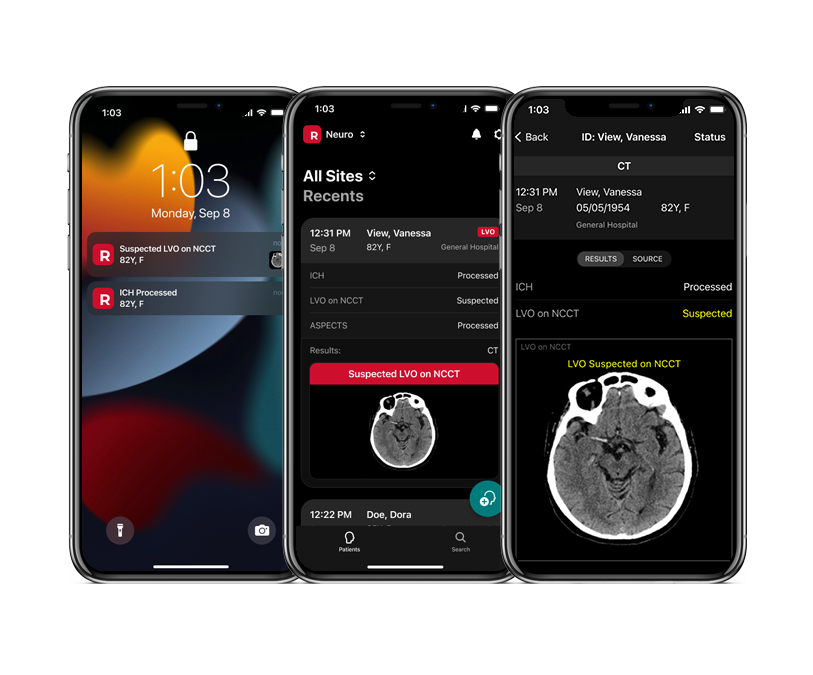RapidAI Gets FDA Nod for AI Assessment of Non-Contrast CT for Acute Stroke Triage
Powered by artificial intelligence (AI), the Rapid NCCT Stroke modality is reportedly the first medical device to gain FDA 510(k) clearance for detecting suspected large vessel occlusion and intracranial hemorrhage based on assessment of non-contrast computed tomography (NCCT).
The Food and Drug Administration (FDA) has granted 510(k) clearance for Rapid NCCT Stroke (RapidAI), which utilizes artificial intelligence (AI) to assess non-contrast computed tomography (NCCT) scans for possible intracranial hemorrhage (ICH) and large vessel occlusion (LVO).
If there is suspicion of ICH or LVO on head CT scans, RapidAI said the Rapid NCCT Stroke modality sends automated triage and prioritization notifications via PACS, email and the RapidAI mobile app.
By flagging suspicious findings in reportedly less than three minutes on non-contrast CT, the initial imaging utilized for stroke and trauma patients, Rapid NCCT Stroke reduces potential delays between initial CT and computed tomography angiography (CTA), according to RapidAI. The company said this enables earlier time-sensitive workflow adjustments and faster transfer decisions when necessary.
Image courtesy of RapidAI.

“This technology will not only have an enormous impact on stroke care here in the (United States) but also globally by giving care teams at small, local, or regional facilities around the world access to advanced clinical decision support technology too often only available at comprehensive stroke centers,” noted Karim Karti, the chief executive officer of RapidAI. “Our hope is that by providing better information early for more informed treatment and transfer decisions, Rapid NCCT Stroke will support faster stroke care and better patient outcomes.”
(Editor’s note: For related content, see “FDA Clears Adjunctive AI for Non-Contrast CT of Brain Injuries and Hemorrhages” and “Annalise.ai Obtains Seven New AI FDA 510(k) Clearances for Head CT and Chest X-Ray.”)
GE HealthCare Debuts AI-Powered Cardiac CT Device at ACC Conference
April 1st 2025Featuring enhanced low-dose image quality with motion-free images, the Revolution Vibe CT system reportedly facilitates improved diagnostic clarity for patients with conditions ranging from in-stent restenosis to atrial fibrillation.
New Collaboration Offers Promise of Automating Prior Authorizations in Radiology with AI
March 26th 2025In addition to a variety of tools to promote radiology workflow efficiencies, the integration of the Gravity AI tools into the PowerServer RIS platform may reduce time-consuming prior authorizations to minutes for completion.